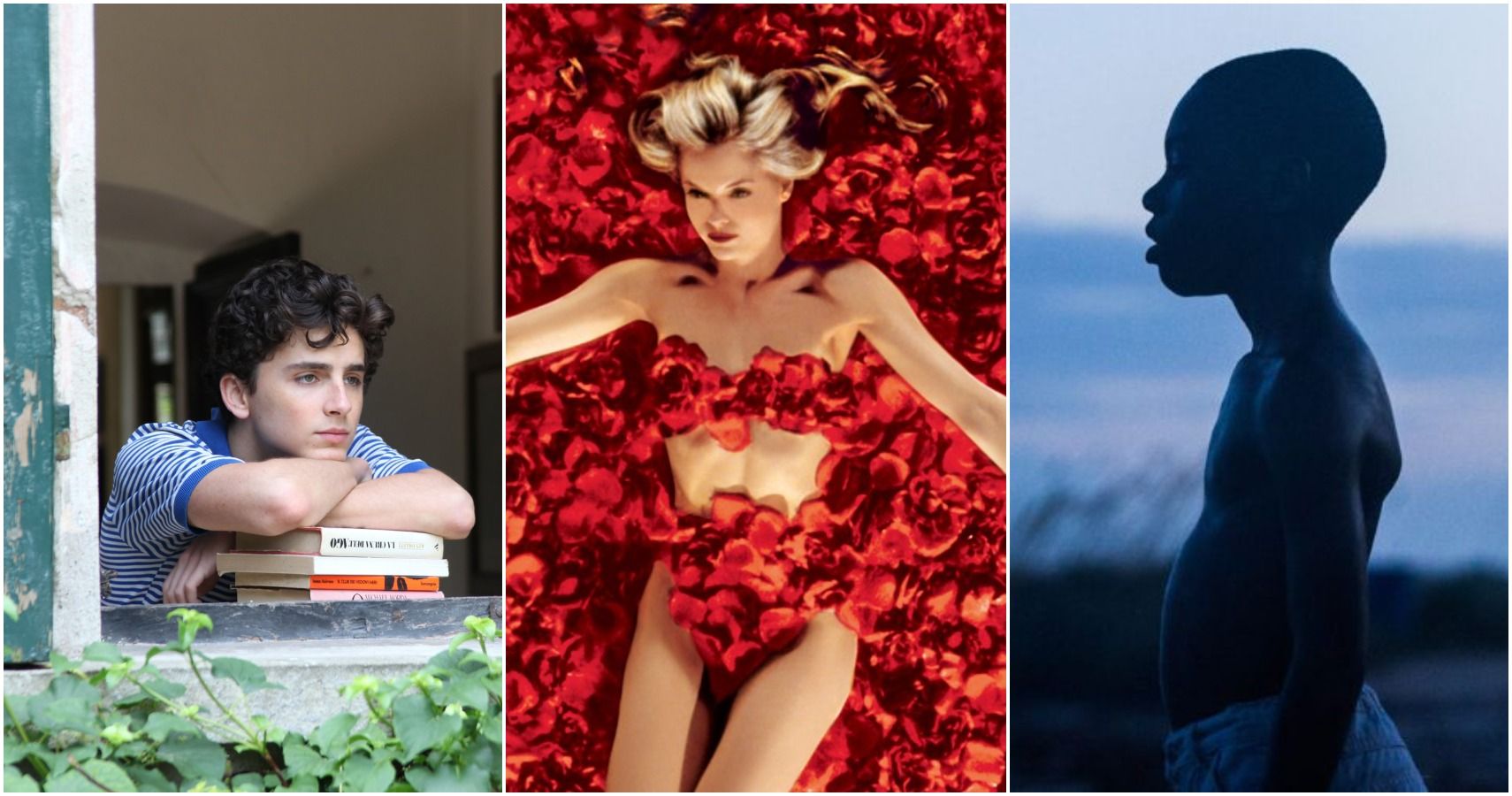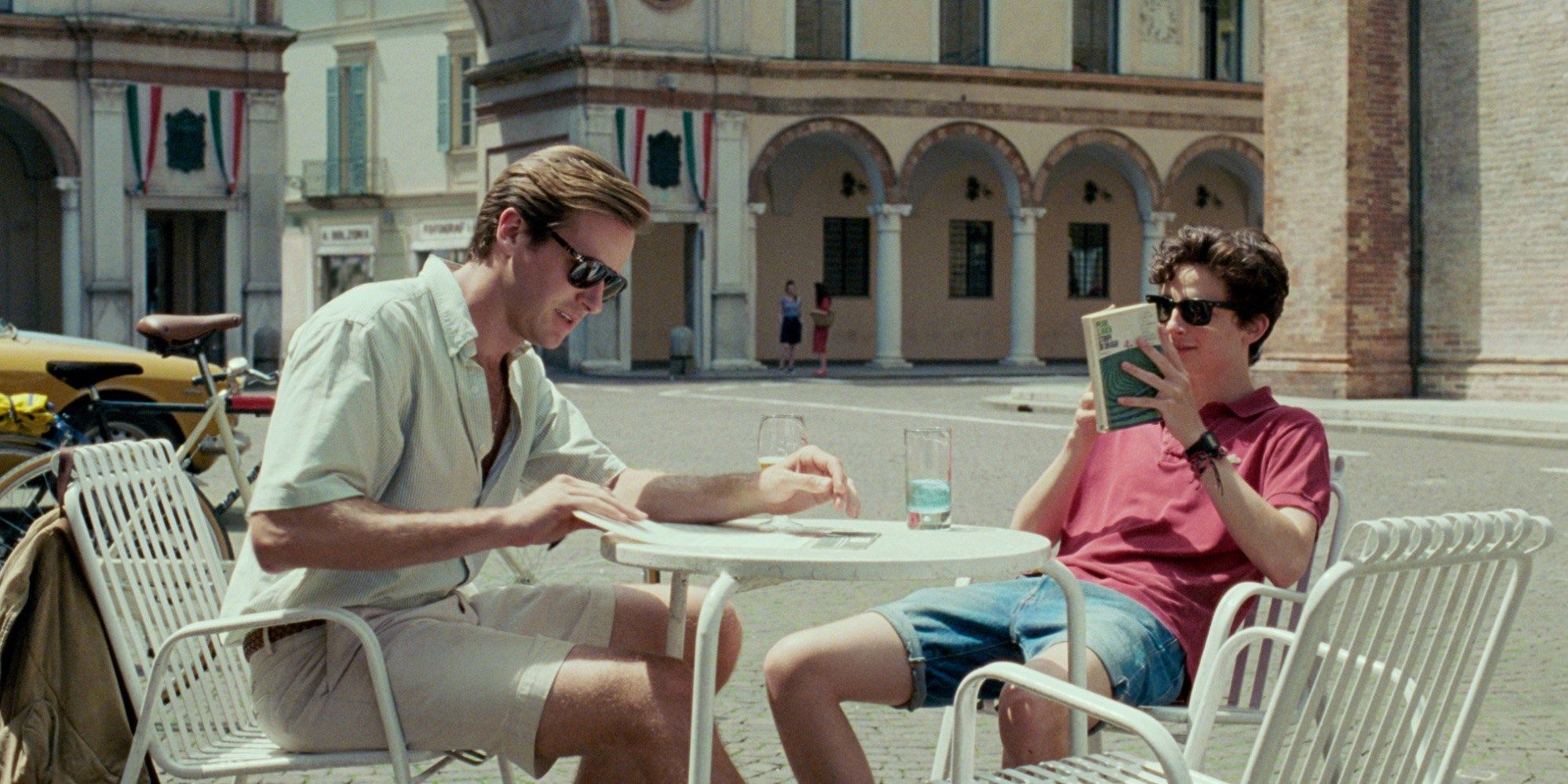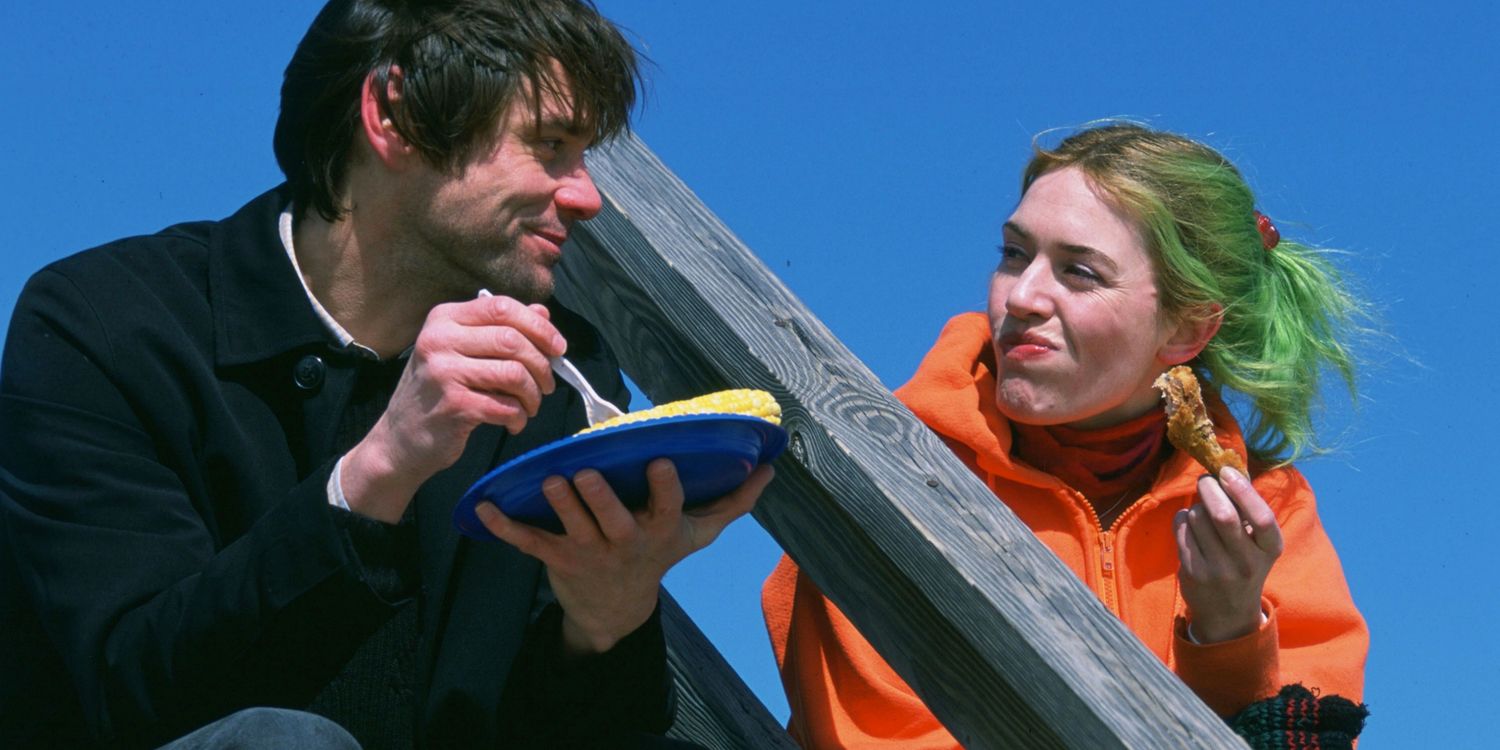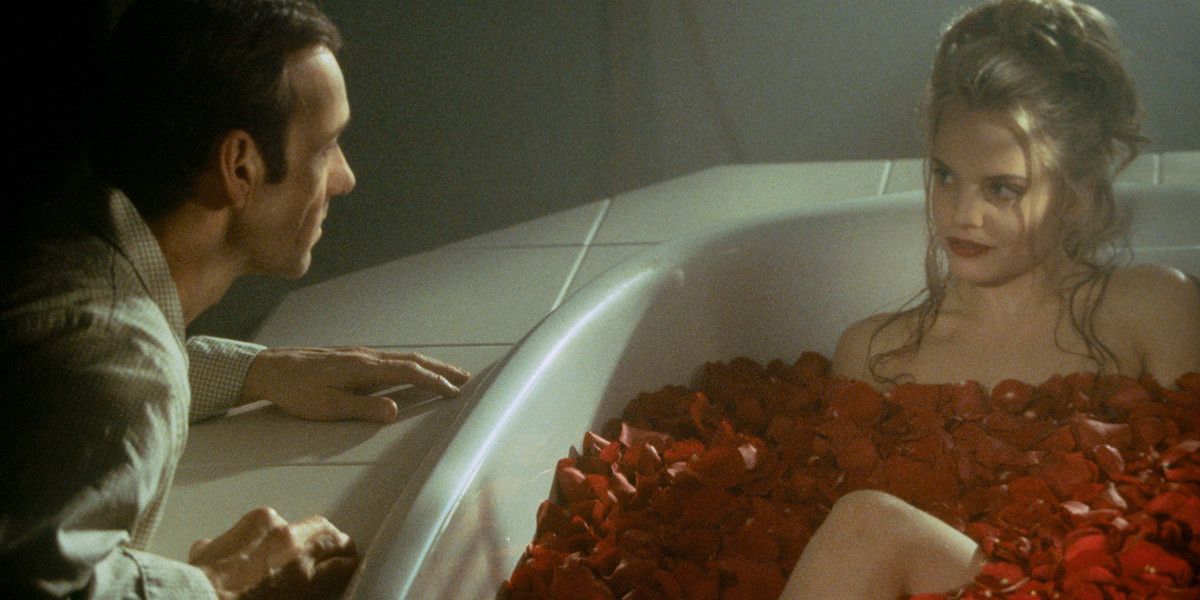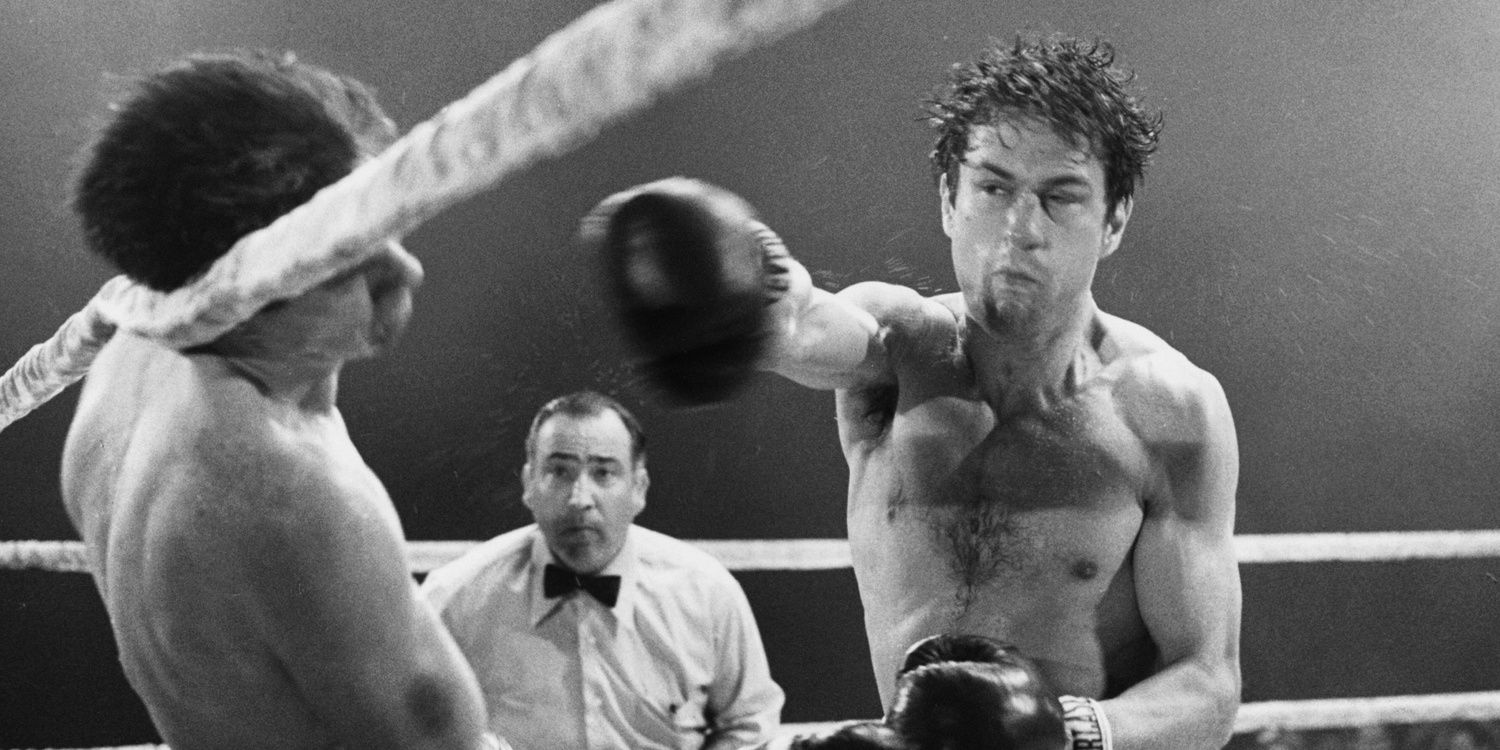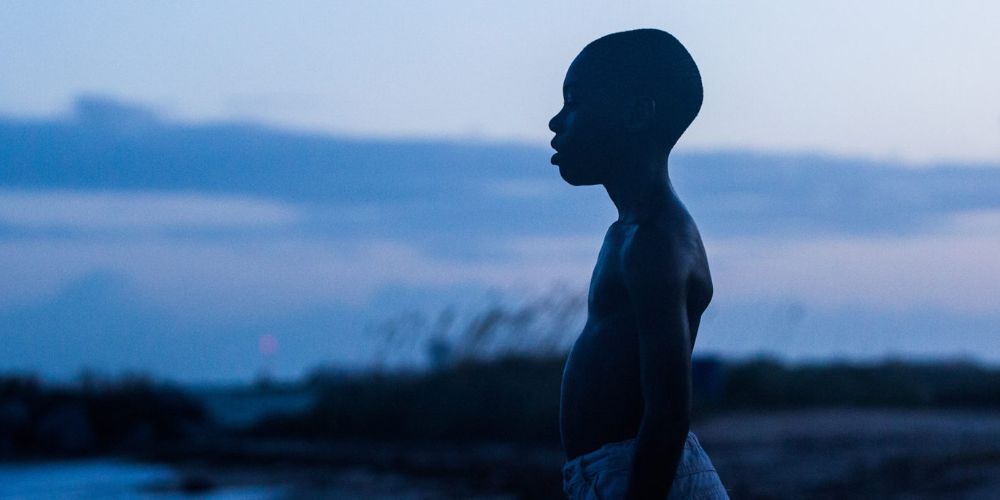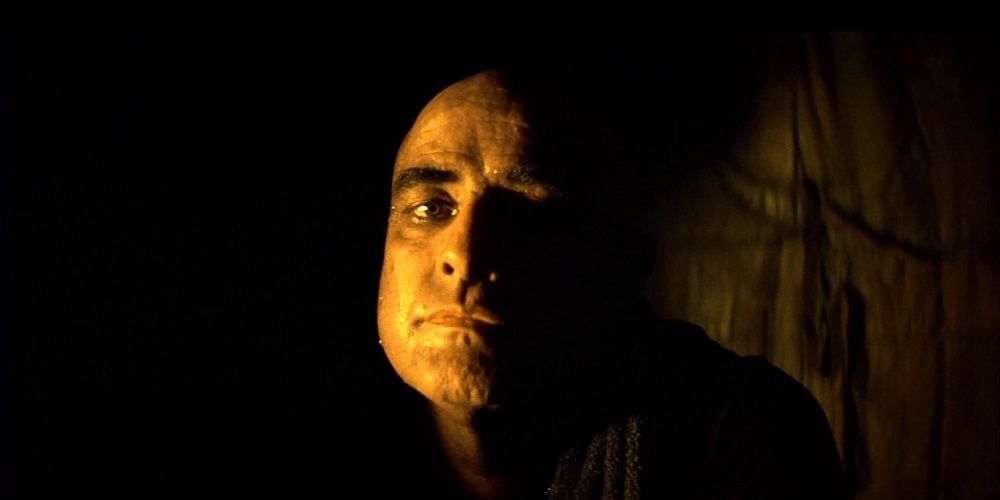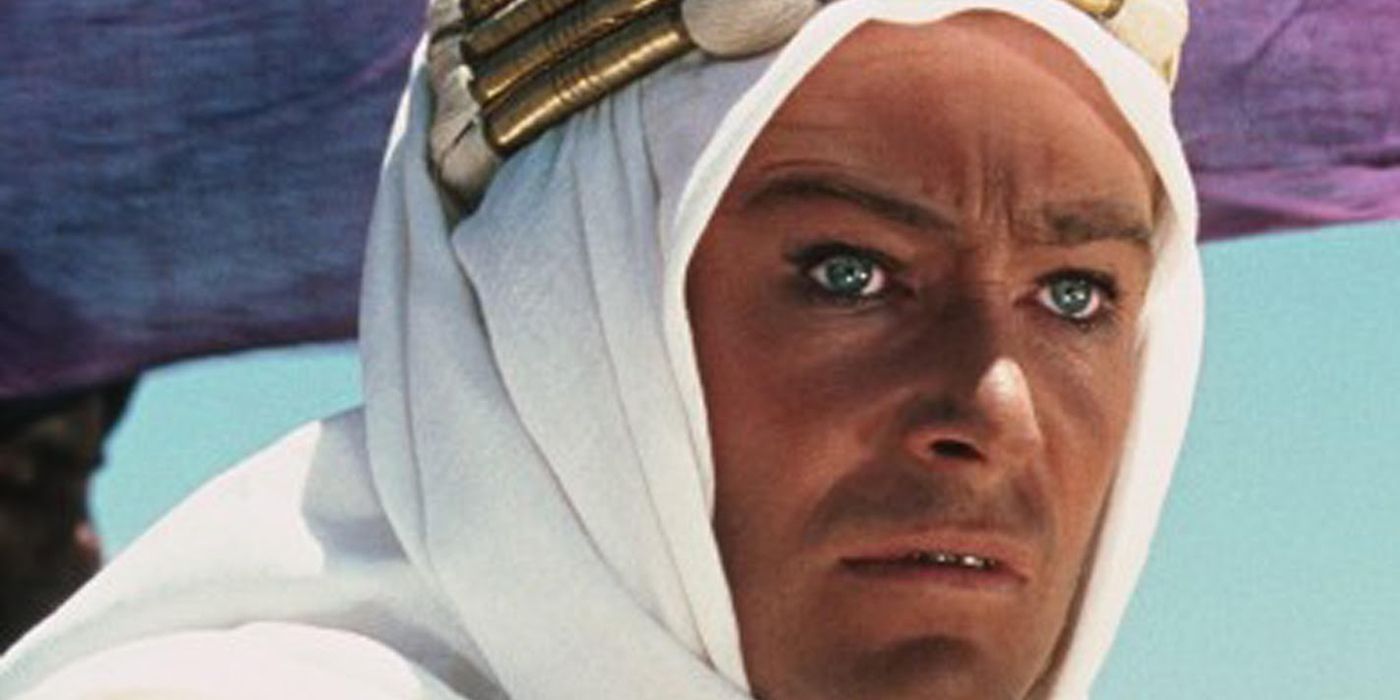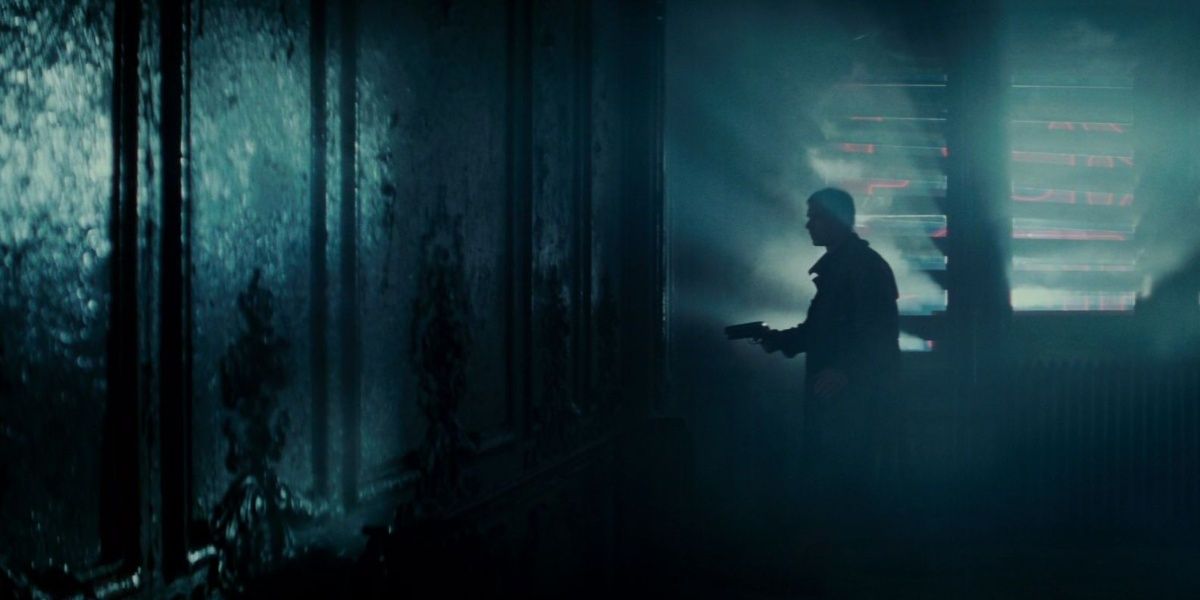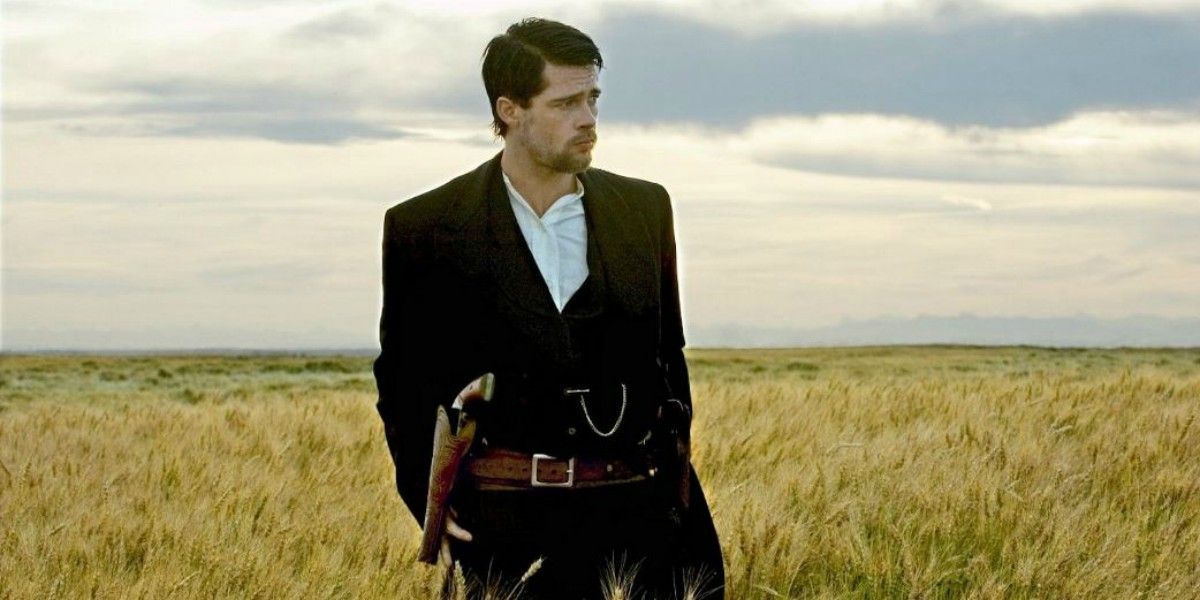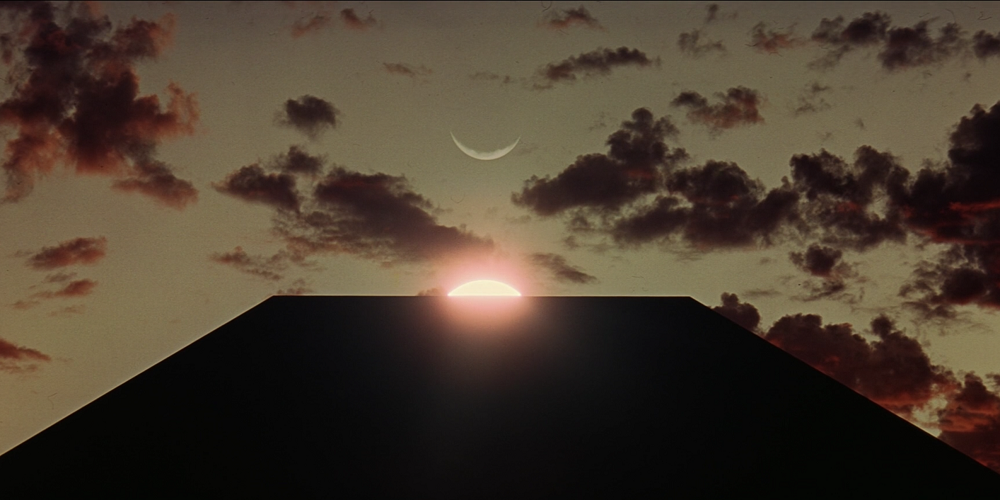There are a lot of things that go into making a film. The script, direction, editing, effects (if needed,) and score all help a film's quality, as does the cinematography performed by the director of photography. Some of the greatest movies of all time are aided by the beauty of the colors, visuals, framing, composition, and mise-en-scéne put together by the cinematographer.
Call Me By Your Name is an example of a movie with great cinematography, and in all the years of cinema, there have been hundreds upon hundreds of others. This is not a countdown of the most magnificent cinematography of all time, just some greats.
Call Me By Your Name (2017) - DP Sayombhu Mukdeeprom
As mentioned above, Call Me By Your Name, directed by Luca Guadagnino, has some stunning cinematography, one of the best of the year, just missing out at the Oscar nominations.
The director and DP agreed on shooting the movie with one lens, an unusual aesthetic choice which aided the sense of intimacy in the film, aided by the beautiful colors of the Italian summer.
Eternal Sunshine Of The Spotless Mind (2004) - DP Ellen Kuras
The high quality of Eternal Sunshine Of The Spotless Mind comes predominantly from the direction of Michel Gondry and script from Charlie Kaufman; however, the cinematography performed by Ellen Kuras truly brings the combined vision to life.
Kuras' use of lighting helps blend the genres of the movie as it transitions between its sci-fi elements and the narrative at hand. The look of the film truly captures the mood and themes born through the vision of the script and direction.
American Beauty (1999) - DP Conrad L. Hall
One of the very best movies to come out of the nineties, and one of the greatest directorial debuts of all time from Sam Mendes, American Beauty is a genuinely brilliant film.
The Oscar-winning cinematography from Conrad L. Hall is a big part of that. Lighting plays a significant role in setting the mood for various scenes involving Lester and the other characters, while overall camera techniques such as the opening aerial shot or tracking shot with Lester's memories.
Raging Bull (1980) - DP Michael Chapman
One of Martin Scorsese's many brilliant films is the black and white boxing film Raging Bull starring Robert De Niro and Joe Pesci and shot by Michael Chapman.
The lighting required to make a black and white film look so great is utilized excellently here, and all basic camera techniques and varying shots are done incredibly well by Chapman, just look at the excellently done scene where Ray and Sugar Ray do battle.
Moonlight (2016) - DP James Laxton
One of the finest movies of the 2010s is Barry Jenkins' incredible Moonlight, a film that is both beautiful and powerful as it tackles immensely important issues.
The film is visually striking, the colors are unbelievable to watch, with pretty pastels and the tropical greens shining. The juxtaposition of the dark struggles of the characters from the astounding colors by way of the lighting, contrast, and setting stands out in the best way.
Apocalypse Now (1979) - DP Vittoria Storaro
One of the finest war movies of all time, directed by the incomparable Stanley Kubrick, is also an incredibly shot film thanks to three-time Oscar winner - including a statue for this film - Vittorio Storaro.
Apocalypse Now is a masterpiece, and that is aided by Storaro's manipulation of light to illuminate the frames, focusing the audience's attention, as well as his use of colors and the contrasting shadows and darkness that help capture the mood and inner struggles of the characters.
Lawrence Of Arabia (1962) - DP Freddie Young
One of the all-time classic films that still comes up in the cinema zeitgeist fifty years later is Lawrence Of Arabia, which is a classically stunning epic.
Not much can be said about the film that has not already, just a year ago the film topped a list of milestone films in the art and craft of cinematography for the 20th century by the American Society of Cinematographers.
Blade Runner (1982) - DP Jordan Cronenworth
Second place on that list was Ridley Scott's sci-fi classic Blade Runner, which is a fantastically crafted film even this many years on, with its sequel also being an incredible example of cinematography.
The range of techniques used, as well as the general use of colors, composition, etc. have all helped make the film still feel like a futuristic experience nearly three decades later.
The Assassination Of Jesse James By The Coward Robert Ford (2007) - DP Roger Deakins
Roger Deakins is one of the greatest directors of photography of all time, and probably the very best working today. His work with the Coen brothers is incredible, and this 2007 western is the very best.
Deakins takes the time and setting of the film and gives it a unique feel that helps in examining the characters but also sets the tone and mood with excellent visuals.
2001: A Space Odyssey (1968) - DP Geoffrey Unsworth & John Alcott
Often singled out as one of the greatest and most important and influential pieces of cinema of all time, Kubrick's second film on this list is another absolutely incredible looking movie shot by two different DP's.
Spectacular backgrounds, iconic shots, and framing, not only of the aforementioned beautiful landscapes but also the faces of the characters all stand out 2001: A Space Odyssey; nothing short of a masterpiece in every sense of the word.

